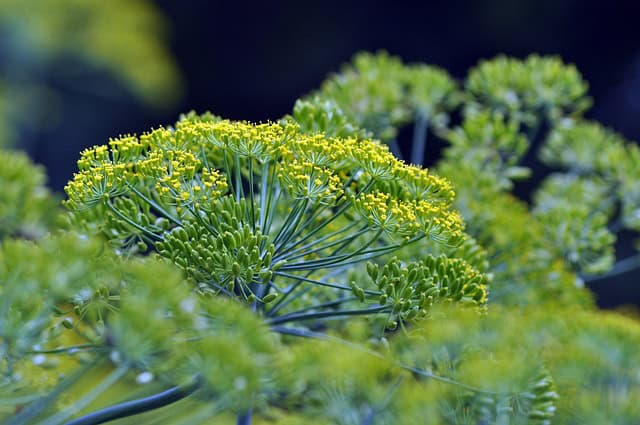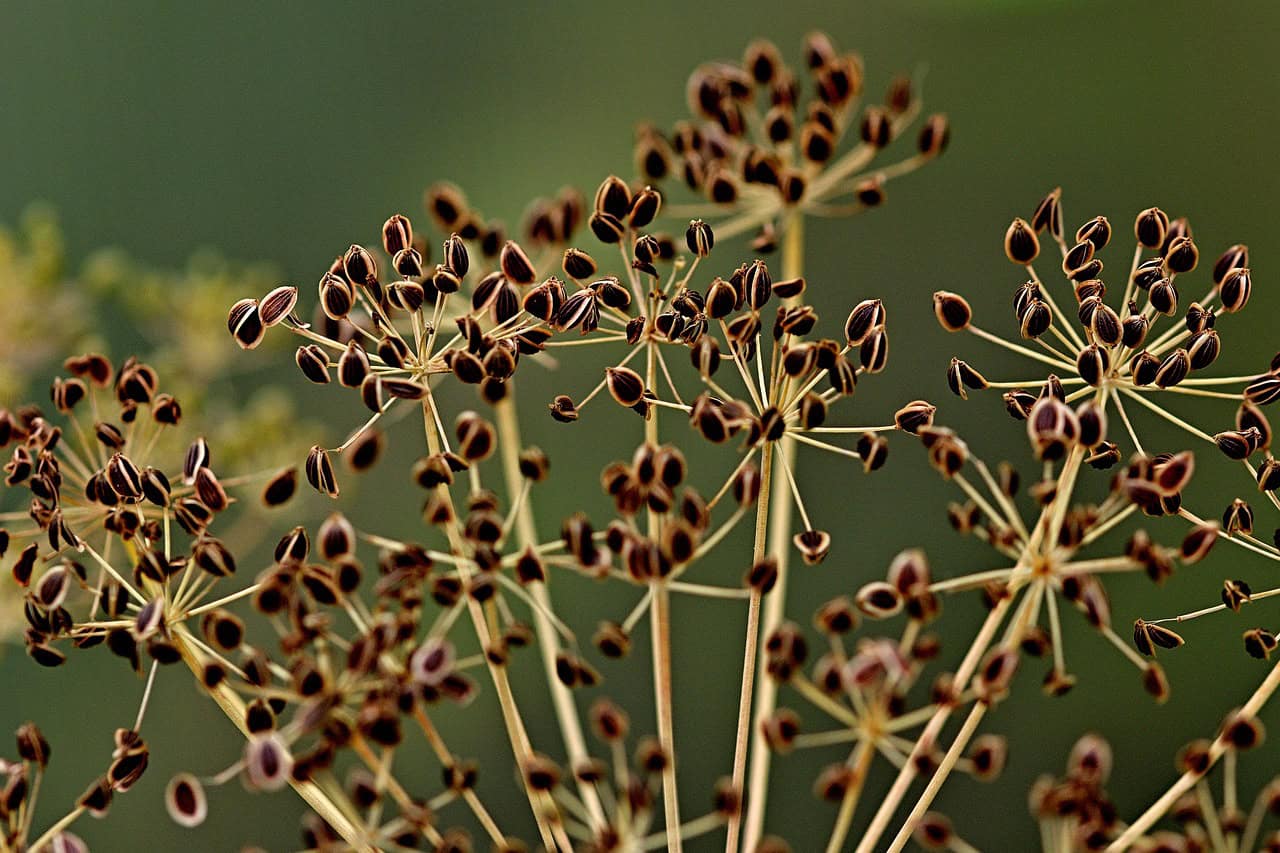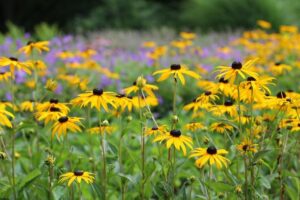In this blog post, we will cover everything you need to know about harvesting dill seeds, from when to collect them to how to store them for future use.
Understanding Dill and Its Seeds

Dill (Anethum graveolens) is an annual herb known for its feathery leaves and yellow-green flowers. Both the leaves (commonly known as dill weed) and seeds have culinary uses. The seeds, with their slightly bitter and tangy flavor, are often used in pickling, baking, and even as a spice in various dishes. A well-cared-for dill plant will produce a rich supply of seeds if given the right conditions.
When to Harvest Dill Seeds
The key to successful seed harvesting is timing. Dill plants typically begin to produce flowers about 6 to 8 weeks after sowing. Once the flowers bloom, they will eventually develop into seed heads. Here’s how to determine the right time to harvest:
Color Change: Monitor the seed heads as they mature. Initially, they will be green, but as they ripen, they will turn brown. Wait until most of the heads are fully brown and dry.
Seed Formation: The seeds should be plump and firm. Gently squeeze a few seed heads; mature seeds should fall off easily with a little pressure.
Weather Consideration: It’s best to harvest seeds on a dry day. Avoid harvesting right after rain, as moisture can lead to mold or mildew in stored seeds.
How to Harvest Dill Seeds
Once you’ve determined that your dill seeds are ready for harvest, follow these steps to do it effectively:
Gather Supplies: You will need a pair of scissors or pruning shears, a paper bag or an envelope, and a small bowl.
Cut the Seed Heads: Using your scissors or shears, cut the seed heads from the dill plant. Leave a few inches of stem if possible, as this will make it easier to handle.
Collect the Seeds: Place the cut seed heads into the paper bag or envelope. If you prefer, you can also hold them over a bowl and gently shake or rub them to release the seeds.
Allow to Dry: If there are still some green parts visible on the seed heads, it’s wise to let them dry for a few days in a warm, dry area away from direct sunlight. This helps ensure that all remaining moisture evaporates.
Cleaning and Storing Dill Seeds
After harvesting and drying the seeds, you’ll want to clean and store them properly to maintain their flavor and viability.
Remove Debris: Once the seeds are dry, separate them from the seed heads and any remaining plant material. You can do this by hand or by gently blowing away any larger pieces.
Storage Method: Store your clean dill seeds in an airtight container to keep them fresh. Glass jars, small plastic containers, or resealable bags all work well. Be sure to label the container with the date of harvest, so you can keep track of freshness.
Ideal Conditions: Keep your stored seeds in a cool, dark place. A kitchen cabinet or pantry is usually a good choice. For long-term storage, consider refrigeration or freezing in a vacuum-sealed bag, which will preserve their quality for several years.
Tips for Growing Dill for Future Harvests
If you enjoyed harvesting dill seeds, you might want to grow more dill plants for future use. Here are a few tips to help you cultivate healthy dill:
Choose the Right Spot: Dill thrives in full sun. Make sure to plant it in a location that receives ample sunlight throughout the day.
Soil Quality: Dill prefers well-drained soil that is rich in organic matter. Adding compost can help improve soil quality.
Regular Watering: Keep the soil consistently moist but not waterlogged. Dill plants do not take well to dryness.
Succession Planting: To enjoy a continuous supply of fresh dill, consider planting seeds every couple of weeks. This approach will ensure that you always have some dill ready for culinary use.
Conclusion
Harvesting dill seeds is a straightforward process that rewards you with the ability to grow this delightful herb year after year. With the right timing and care, you can enjoy the fruits of your labor both in cooking and gardening endeavors. Whether you prefer to use dill in your dishes or simply appreciate the beauty it brings to your garden, knowing how to harvest and store dill seeds enhances your gardening skills and enriches your culinary experience.





